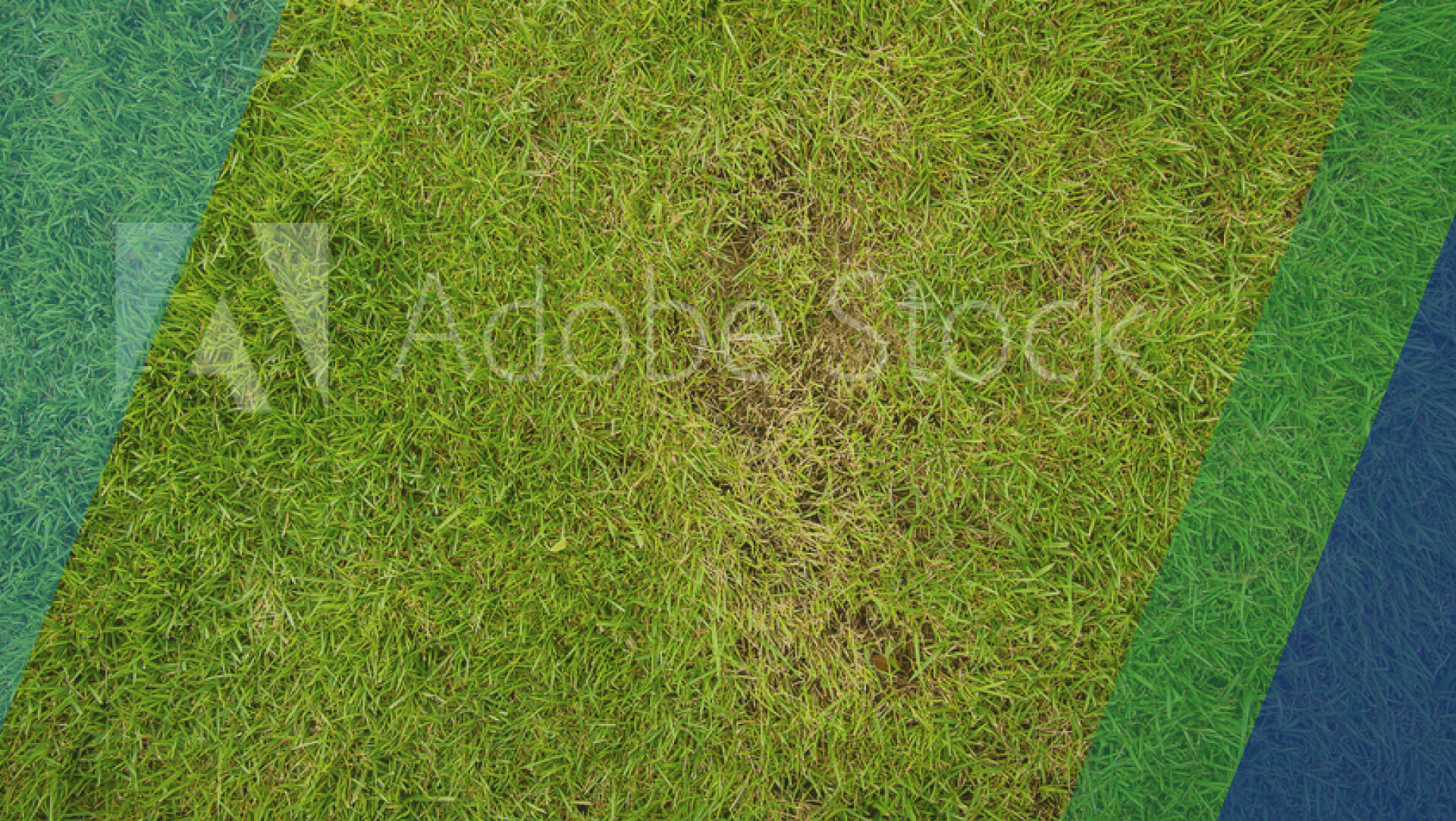
SERVICES
INSECT CONTROL
Prevent destructive insects from feeding on your grass. Our insect control products eliminate insects and protect your lawn from extensive damage.
Chinch Bug Control
Chinch bugs are very small surface feeding insects that live in the thatch layer of the lawn where they feed on the grass and can cause extensive damage in a very short time.
They insert their piercing mouth stylet into the grass leaf blades and suck the juices out causing the grass to turn brown and die.
Damage commonly occurs during the dry, hot summer months when chinch bugs actively feed. The damage they cause looks very similar to heat and drought stress. Chinch bugs can be a source of frustration for homeowners because they are so difficult to detect. If a chinch infestation goes undetected and is left untreated, the damage can be permanent and may require lawn repair in the way of overseeding.
Promptly treating potentially devastating Chinch bug infestations can help protect the investment you have made in your lawn. Chinch bug control applications are designed to effectively target the nymphal life stage of the insect when they are most vulnerable, actively feeding and causing damage.
Improving your cultural practices and repairing any existing damage is key to overcoming a chinch bug problem.
If you notice suspicious brown patches starting to appear on your lawn and you are not sure about the cause, speak to one of our expert lawn care technicians.
Cultural Practices can help reduce susceptibility to chinch bugs:
When possible, water your lawn to provide supplemental water during summer drought stress. This promotes a healthier turfgrass that can better tolerate chinch bug activity
Fertilization helps provide more energy to the grass plant to help withstand chinch bug activity and promote recovery during these stressful events. Be careful not to over-fertilize as this can also attract more chinch bugs
Overseeding more resistant endophyte grass species into your lawn can help mitigate the damage of chinch bugs. Turfgrasses of the same cultivar with no admixture of other species are more susceptible to insects and diseases

Grub Control
White grub insects can cause extensive, costly damage to a lawn.
The most common white grub species are the European Chafer, Japanese Beetle and June Beetle. Grubs are the larvae of these beetles and live in the soil and feed on the roots of the grass.
The grub larvae stage is the most damaging of the grub life cycle, as the larvae are actively feeding on the roots. They can decimate an entire area of your lawn, killing it by severing the roots which stop the uptake of water and nutrients, resulting in large patches of dead grass in your lawn. Often the damage to the lawn is made worse by animals such as birds, raccoons, and skunks digging and tearing away at the lawn in an effort to feed on the white, c-shaped grub larvae. It is this damage that is often the first sign that grubs are present.
Timing the application of grub control during the grub’s most vulnerable larvae life stage is very important to ensure effective control and the best results. Synthetic grub control is very effective at reducing and eliminating grub infestations. The grub control product is usually applied from mid-July to mid-August to coincide with the grub life cycle.
Elimination of the grub infestation allows the lawn to return to a place where growth of healthy turf is possible. Since grubs kill the grass in the area in which they feed, it is necessary to repair this area by over-seeding or machine slit seeding.


